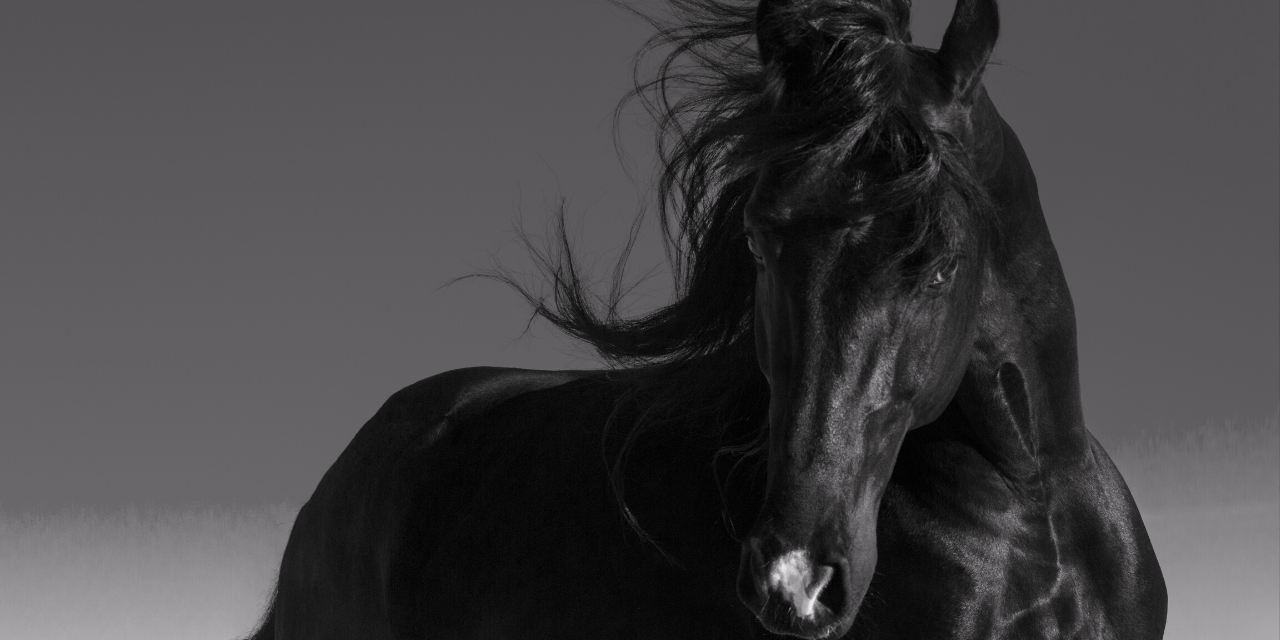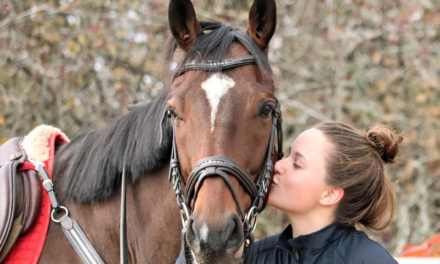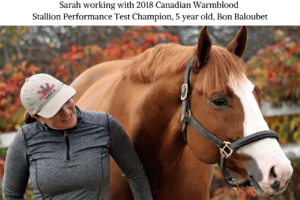We may earn money or products from the companies mentioned in this post. For more information please check out our disclosure page
When purchasing a horse most people think of the initial purchase price and forget about many of the costs that are involved with keeping a horse. The monthly expenses to keep your horse and the equipment it needs will far surpass the initial expense of purchasing it.
For those of you who are looking at what it costs to own a horse this article will give you an idea of the things to take into consideration:
MONTHLY HORSE EXPENSES
1. BOARD
You can find different types of board at different prices. You will need to decide what type of board scenario most suits your needs.
The four usual types of board are:
- Full Board: includes all the necessities your horse will need and usually consists of a stall with full turn-out. Most full board barns include grain and hay in the cost. Optional extras are sometimes offered such as training, which is a good option for those with a busy schedule and can’t ride every day.
- Pasture Board: this is 24-7 turn out and usually includes hay, grain, water, and shelter. Your horse will probably need blanketing in the colder months and if you need the barn to put blankets on and off, this it will probably cost you a bit extra.
- Self-Care Board: your horse has access to the properties facilities and you do the work, provide your own feed, bedding, hay and also clean the stall. This is economical but difficult if you are a busy person, become unwell, or want to go on vacation.
- Co-Op Board: a co-op board is where multiple boarders get together and take turns doing tasks such as turn out/in, mucking and feeding in a self care facility. This offers the benefits of being economical and having back up for those times you can’t be there.

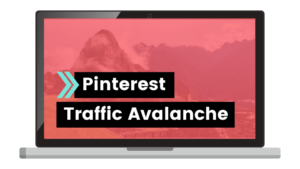
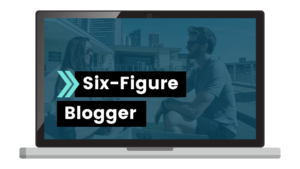
Once you’ve identified the type of board that best suits your situation you need to check out all the options in your area, check out the prices and then make appointments to visit and see which one you like the best. The best facilities usually have waiting lists so make sure the one that fits for you has room.
2. VET
The first vet expense will be a pre-purchase exam to make sure your horse is sound and in good health before you purchase.
After that you will be looking at a minimum annual vet visit for vaccinations and to have your horses’ teeth floated (filing down of points that grow on the tooth).
Your vet will know the vaccinations necessary for your horse and will usually advise on Eastern and Western Equine Encephalitis, Rabies, and Tetanus.
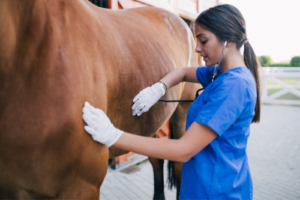 Many barns insist on horses having Strangles vaccine, and in some areas a vet may recommend vaccinating against West Nile Virus and Lyme Disease. Check with your vet to tailor your horses vaccination needs.
Many barns insist on horses having Strangles vaccine, and in some areas a vet may recommend vaccinating against West Nile Virus and Lyme Disease. Check with your vet to tailor your horses vaccination needs.
You may also need a Coggins test done if you show in areas that require it. All of these things can be administered during one annual visit.
Most vets will charge a basic “farm call” price and additional amounts for each service performed.
Be prepared financially for those surprise extra vet visits for an injury, or colic, for example. You may get lucky and have no visits other than the annual one, but usually horses will have one, or many vet visits in their life time.
One way to avoid the visits for the more minor occurrences, such as an abscess, or a cut, for example, is to take an equine first aid course and learn some basic equine first aid. You will then need some basic first aid supplies.
Knowing simple first aid for horses can save you hundreds of dollars in vet fees.
However, I caution about waiting too long to call a vet, in certain circumstances things can be more serious as you think.
3. FARRIER
The type and frequency of farrier service depends on your horse, its living environment, and the type of work you do with your horse. Generally speaking you should budget to have your farrier come every four to six weeks regardless.
Finding a well-qualified farrier is both difficult and important. Do some research and find out who is most recommended and why.
4. FEED
Your feed bill will depend on the type of board you decide on. Go back to the list above to determine which board you have chosen and if you need to account for feed costs.
Assuming you need to purchase grain and hay for your horse, your feed bill will have to be calculated on the type of grain you intend to use, the type of horse you have (a hard or easy keeper), the amount of work they do, the time of year, their age, and type of turn out/housing.
Most of your horses feed intake should be roughage, which is hay, grass, legumes, beet pulp, etc.
Be aware that grass in the spring time contains more sugar and may have different affects on your horse, those prone to metabolic disease should be monitored closely and fresh grass should be in limited amounts if any at all.
The sugar content in grass diminishes as it turns to starches through the summer. First cut hay has the highest amount of sugar, whereas second cut and third cuts have less sugar as they are cut later in the year.
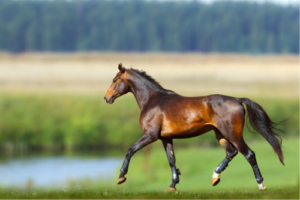 Hopefully you will be able to use advise from the previous owner. If not talk to an equine nutritionist from a good grain company like Hoffman’s, they don’t charge you and will give you advise from either a personal visit or from photographs and all the information about your horse. They can tell you exactly what you need to feed at that exact moment in time.
Hopefully you will be able to use advise from the previous owner. If not talk to an equine nutritionist from a good grain company like Hoffman’s, they don’t charge you and will give you advise from either a personal visit or from photographs and all the information about your horse. They can tell you exactly what you need to feed at that exact moment in time.
Feeding grain can be a challenge as it may need to be tweeked and changed based on the work your horse does, the intensity, the weather, your horses age, etc, so be prepared to make changes if your horse is gaining or losing too much.
5. SUPPLEMENTS
If your horse is only on roughage it may need a mineral supplement to make sure it is getting all it needs.
A horse that has stomach issues may need to go on a probiotic such as Omega Alpha’s Biotic 8, or Gastra FX for settling their stomach. Read our article on Omega Alpha products to see what we recommend for many situations.
6. MEDICAL INSURANCE FOR YOUR HORSE
I recommend insuring your horse especially if you spent a significant sum purchasing it. You can insure for loss of use, theft, major medical, or mortality.
One thing to know is that if you get mortality, it is not covered if your horse could have been saved by a vet, but you didn’t take the steps to save it because you didn’t have major medical. I advise both but speak to an equine insurance agent for advice.
Insuring your horse is costly so you need to determine if it is worth it to you. If your horse is more of a pet, pleasure, family horse you may not feel it is necessary nor of practical value to you.
EXTRA EXPENSES
7. EQUIPMENT
At the very least you will need a grooming kit, halter, rope, saddle, girth, and bridle with reins and bit. (Read about the KBF99 grooming kit and the diseases it helps prevent!)
Most of these, if looked after properly, will last you a life time. Costs vary hugely and can run from a few hundred dollars for a saddle, to thousands.
There is a lot of good second hand tack for sale, however, a good fitting saddle is imperative no matter whether it is new or second hand.
After these basics you can add blankets of all kinds, bandages, boots, wraps, fly sprays, hoof oil, different bits, etc. These are all variables dependent on the type of use and care of your horse.
8. TRAILERING
You may need to account for trailering your horse to its new home with you, a vet visit, lessons off property, a fun hack, or perhaps to shows.
9. LESSON FEES
If you want to improve of compete you will mostly like need weekly lessons.
Find a qualified coach in your area and ask then about lesson fees, number of lessons required a month, where the lessons would be held.
Discuss your goals and plan to add lessons into your budget to achieve those goals.
10. SHOW FEES
If you plan to compete you will need to include show fees into your budget.
These will vary based on where you have to travel for shows, how many shows you plan to do a year, the length of the show season you plan to show in, your coaches fee, trailering fees, whether you have to stay overnight in a hotel and how many nights, food and meals needed. The show fee itself can often be the cheapest part of these excursions.
Talk to a coach about the fees to expect based on your goals for showing.
There is a lot to think about but it really is worth it. Horses fill your heart!
admin
Latest posts by admin (see all)
- A Horse For All Reasons – Guest Blog by Lucy from Horse Factbook - April 8, 2020
- How To Deal With A Spooky Horse Trail Riding - March 31, 2020
- Our Top 20 Amazon Equestrian Products - January 30, 2020

